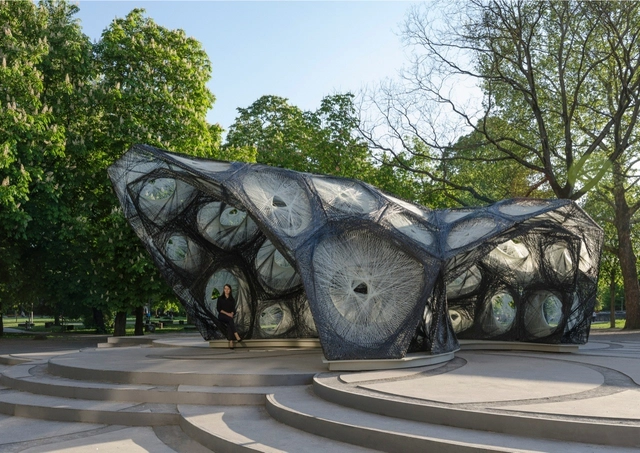
Jeremy Till's paper "Architectural Research: Three Myths and One Model" was originally commissioned by the Royal Institute of British Architects (RIBA) Research Committee, and published in 2007. In the past decade, however, it has grown in popularity not just in the UK, but around the world to become a canonical paper on architectural research. In order to help the paper reach new audiences, here Till presents an edited version of the original. The original was previously published on RIBA's research portal and on Jeremy Till's own website.
There is still, amazingly, debate as to what constitutes research in architecture. In the UK at least there should not be much confusion about the issue. The RIBA sets the ground very clearly in its founding charter, which states that the role of the Institute is:
The advancement of architecture and the promotion of the acquirement of the knowledge of the various arts and sciences connected therewith.
The charter thus links the advancement of architecture to the acquirement of knowledge. When one places this against the definition of research given for the UK Research Assessment Exercise (RAE), “research is to be understood as original investigation undertaken in order to gain knowledge and understanding”, one could argue that research should be at the core of RIBA’s activities. This essay is based on the premise that architecture is a form of knowledge that can and should be developed through research, and that good research can be identified by applying the triple test of originality, significance and rigor. However, to develop this argument, it is first necessary to abandon three myths that have evolved around architectural research, and which have held back the development of research in our field.

